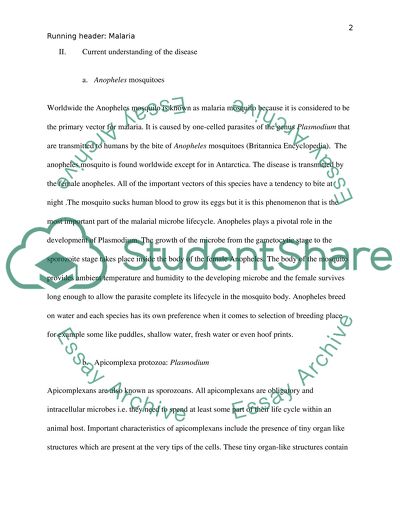Cite this document
(“Malaria Essay Example | Topics and Well Written Essays - 2000 words”, n.d.)
Malaria Essay Example | Topics and Well Written Essays - 2000 words. Retrieved from https://studentshare.org/biology/1495407-malaria
Malaria Essay Example | Topics and Well Written Essays - 2000 words. Retrieved from https://studentshare.org/biology/1495407-malaria
(Malaria Essay Example | Topics and Well Written Essays - 2000 Words)
Malaria Essay Example | Topics and Well Written Essays - 2000 Words. https://studentshare.org/biology/1495407-malaria.
Malaria Essay Example | Topics and Well Written Essays - 2000 Words. https://studentshare.org/biology/1495407-malaria.
“Malaria Essay Example | Topics and Well Written Essays - 2000 Words”, n.d. https://studentshare.org/biology/1495407-malaria.


